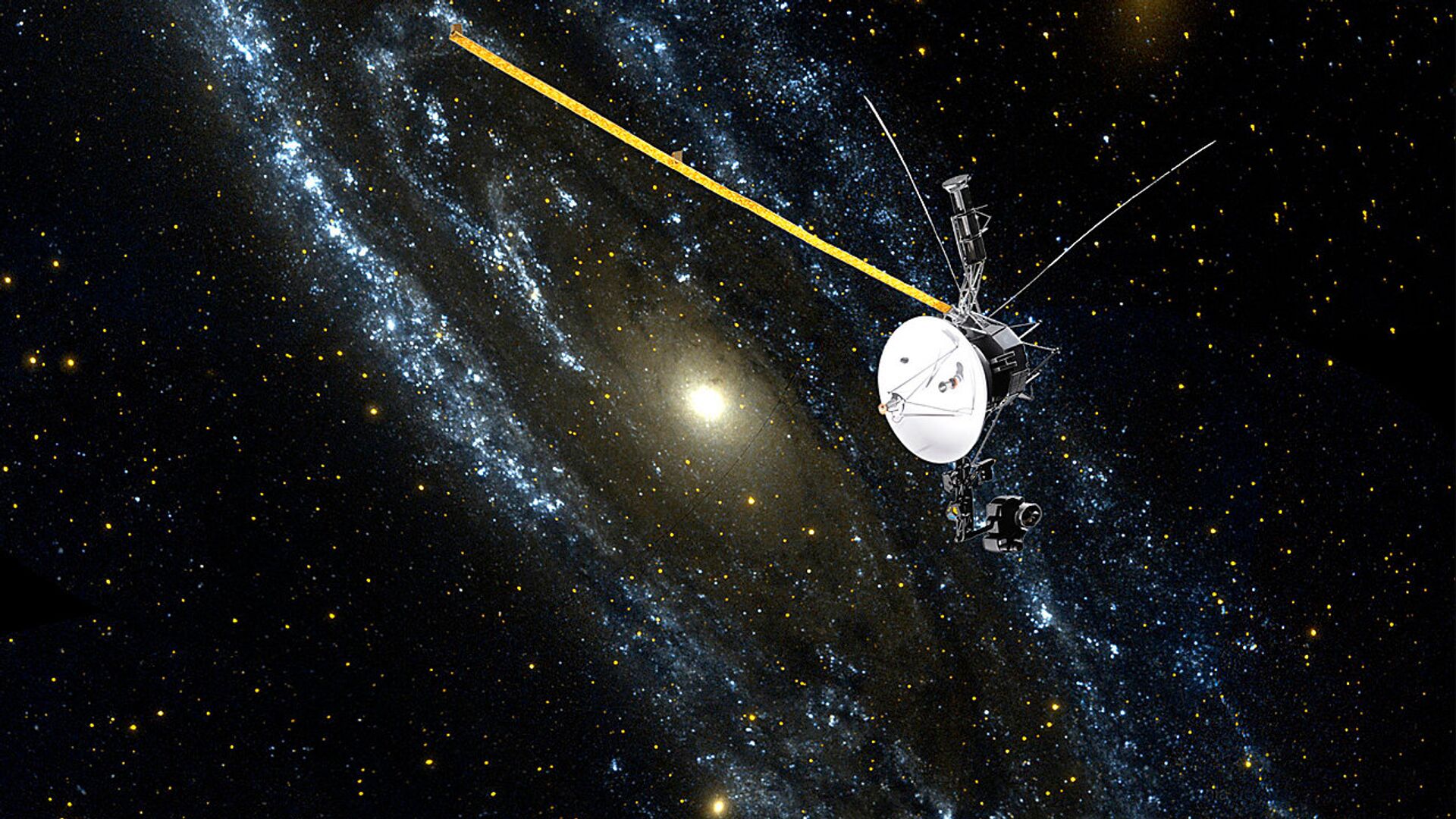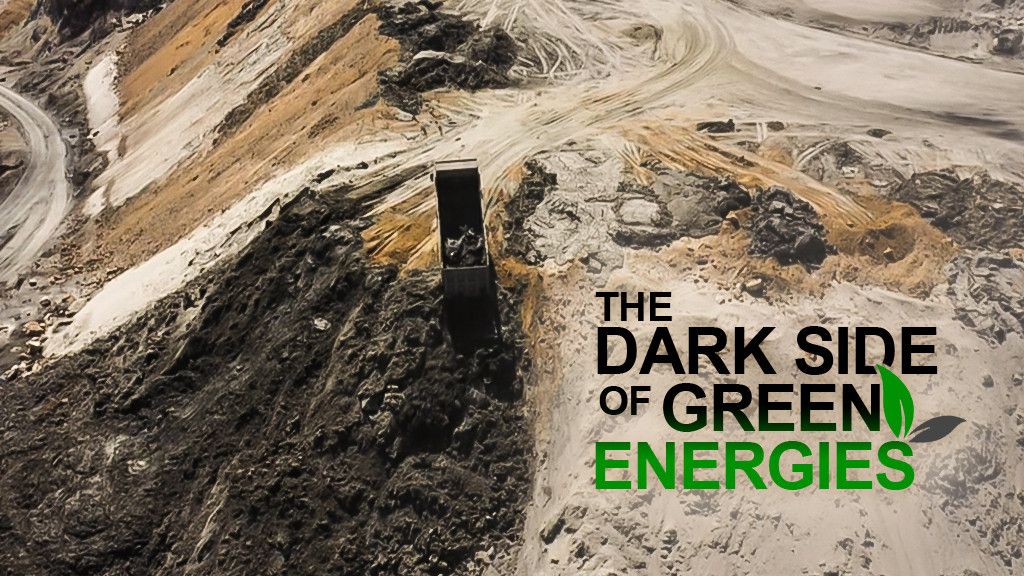We’re glad you’re here. Today, we’re going to explore the mysteries of interstellar space, a fascinating realm beyond our solar system’s heliosphere.
Exploring interstellar space is a complex and challenging task that requires the latest and most advanced technologies. Thanks to the Voyager 1 and 2 spacecraft, which were launched by NASA in 1977, we have been able to gather data on this enigmatic realm.
What is Interstellar Space?
Interstellar space is the vast expanse of space that exists beyond the heliosphere. The heliosphere is the region of space that is influenced by the Sun’s magnetic field and is home to our solar system’s planets. Beyond this, we enter a region where the Sun’s influence is negligible, and we are exposed to the harsh conditions of interstellar space.
What We Know About Interstellar Space
Thanks to the Voyager spacecraft, we have been able to gather invaluable data on interstellar space. These spacecraft have allowed us to explore and study the interstellar medium, the material that fills the space between stars. This medium is made up of gas, dust, and cosmic rays.
Voyager 1 crossed the heliopause, the boundary between the heliosphere and interstellar space, in 2012. Since then, it has been sending back valuable data on the conditions of this region. Voyager 2 crossed the heliopause in 2018 and has been providing additional data.
The data sent back by the Voyager spacecraft has allowed us to make fascinating discoveries about interstellar space. For example, we have found that the density of the interstellar medium is much higher than previously thought. We have also found that the temperature of this medium is much higher than expected.
The Voyager spacecraft have also allowed us to study the magnetic fields and cosmic rays of interstellar space. We have found that the magnetic field in this region is much stronger than previously believed. We have also found that cosmic rays, high-energy particles that originate from outside our solar system, are much more abundant in interstellar space than in our own solar system.
Conclusion
Exploring interstellar space is a fascinating and challenging task. Thanks to the Voyager spacecraft, we have been able to gather invaluable data on this enigmatic realm. We have found that the interstellar medium is much denser and hotter than previously believed and that the magnetic fields and cosmic rays in this region are also more prevalent. As we continue to explore interstellar space, we will undoubtedly uncover even more mysteries and gain a deeper understanding of our universe.
Free Speech and Alternative Media are under attack by the Deep State. Real News Cast needs reader support to survive. Please Contribute via GoGetFunding



